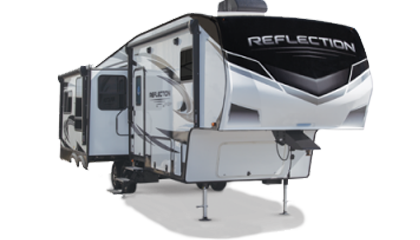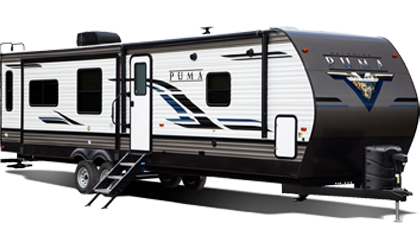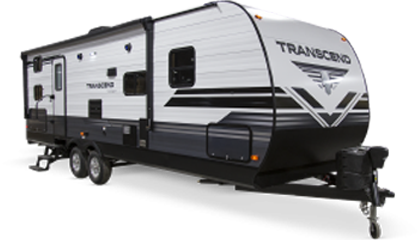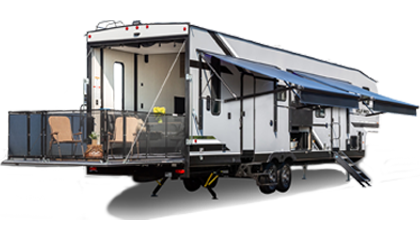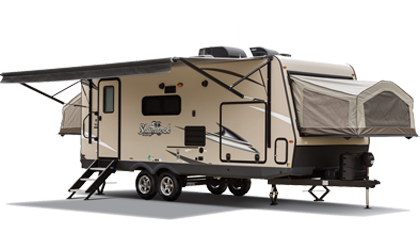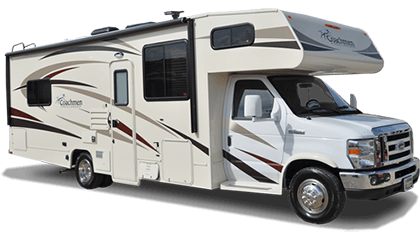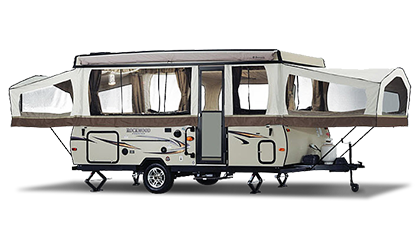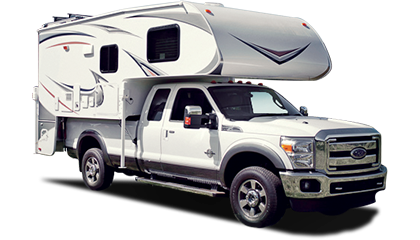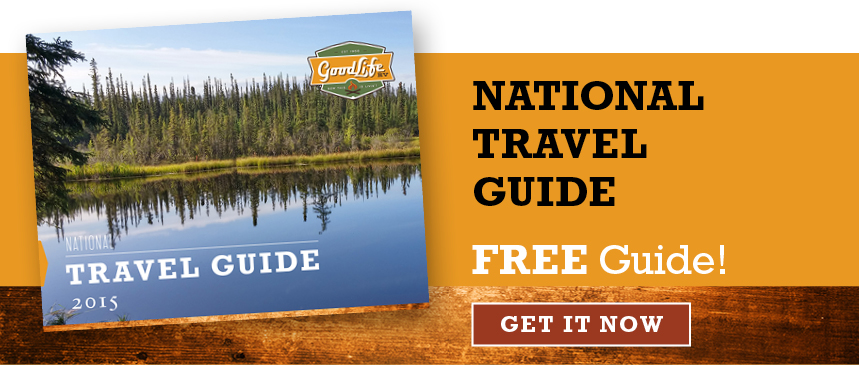Guide To International RV Travel
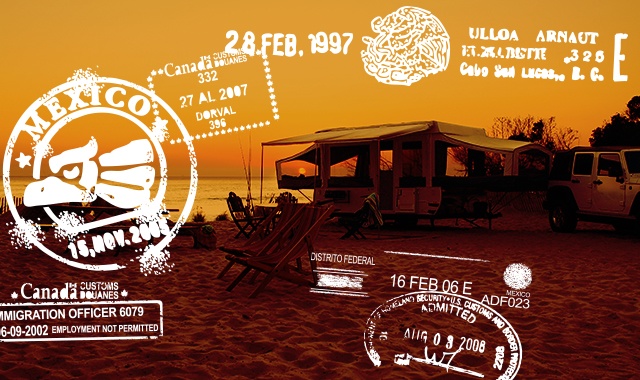
When you’re rolling onto international roads, you need to be prepared. Most of your RV travel is carefree and relaxing, but crossing borders and going through customs is a matter that should be taken seriously. The average traveler is just bringing their car across the border, but RVers are bringing their whole portable home through customs! This creates many aspects to consider if you’re thinking about taking your RV out of the country.
Maybe you’re planning to go to Canada, eh? Or maybe you want to say “hola” in Mexico. Follow these travel preparation tips so you can roll over borders with minimal worry. Remember, for the most up-to-date rules and regulations regarding international travel, please contact that country’s customs office.
ROUND UP YOUR PAPERS
There’s no such thing as being over-prepared when it comes to your travel documentation. The last thing you want is to make it to the border and not be able to enter because you left a small piece of paper at home. As a general rule, the paperwork we have listed below is required for your international travel.
Don’t leave home without these!:
• Passport
• Valid driver’s license & RV registration
• Tourist card (Mexico only)
• Valid Mexican insurance (obtain prior to arriving at the border, Mexico only)
If you are traveling with pets, make sure you bring current records of their vaccination and rabies information.
REST INSURED
The last thing you want to think about when you are hitting the road is the possibility of having an accident. But when you are traveling in another country, you will want to be prepared for anything. If you are traveling to Canada, your U.S. insurance policy will provide you coverage. However, if you are traveling to Mexico your U.S insurance does not apply. It is mandatory to buy a Mexican insurance coverage policy prior to RVing there.
There are plenty of reputable insurance providers in Mexico where you can purchase your coverage, but you should also ask your current insurance provider if they offer any international plans, or have any recommendations on which company you should work with.
HAVE YOUR PLANS SET
When you are going through customs it is best to have a schedule of your trip so that you can provide information on where you are going and how long you are planning to stay. The more solidified your plans are, the better.
It’s best to plan ahead when you’re picking your campsite locations, too. Do your research and make sure you have a general idea of where you’d like to stay before you arrive. Just like U.S. campgrounds, you will find some that have full hook-ups and some that don’t. If you’re planning on traveling to Mexico, though, take note that some campgrounds don’t have high voltage hookups. Drawing too much power from these outlets can lead to outages, shorts or even fires. It has been recommended to bring a voltage meter, extension cord and a 20 amp receptacle.
COMING HOME
When your adventure is coming to a close and it’s finally time to head back home, there are a few things you need to know about re-entering the U.S. There are a bunch of rules and regulations regarding the products you can and cannot bring back from your travels. As always, honesty is the best policy. We suggest you keep a list of the products and souvenirs that you will be bringing back with you, and that you declare them all. There are many rules about what food and drink is permitted across the border, so make sure you familiarize yourself with this list before you buy items that you will not be able to take home.
That’s it! You are ready to roll across borders! Remember, you should check current regulations for your destination before you leave, and you can always find U.S. international travel guidelines at the U.S. Customs and Border Protection website.

